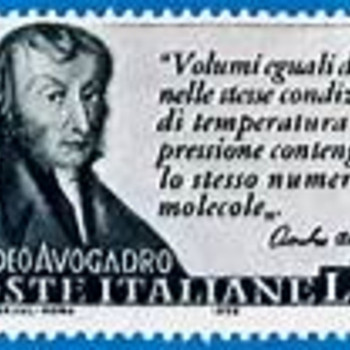You have started with acetone, or propionaldehyde or a substituted ring, you finish with #C_4H_6ONH#, with #2^@# of unsaturation.......
#"With regard to degree of unsaturation..............."#, this is a very useful metric to interrogate a given organic formula of the form #C_nH_mN_lO_mX_p#.
Alkanes are #"FULLY saturated"# and have a general formula of #C_nH_(2n+2)#. Try this out for #"methane,"# #"ethane,"# .........#"pentane, etc."#
Each olefinic bond OR a ring junction, corresponds to #1""^@# of unsaturation: two hydrogens less than the saturated formula. So according to the scheme, #"ethane"# has the saturated formula of #H_3C-CH_3#, but #"ethylene"#, #H_2C=CH_2# has #1^@# of unsaturation. Halogen atoms count for one hydrogen; for nitrogen atoms, substract #NH# from the formula before assessing unsaturation; i.e. for #"ethylamine,"# #H_2NCH_2CH_3# #rarr C_2H_6#, i.e. #"no degrees of unsaturation"#.
And thus given a formula, we can make reasoned decisions with regard to its functionality. How many #"degrees of unsaturation"# does #"benzene"# possess?

